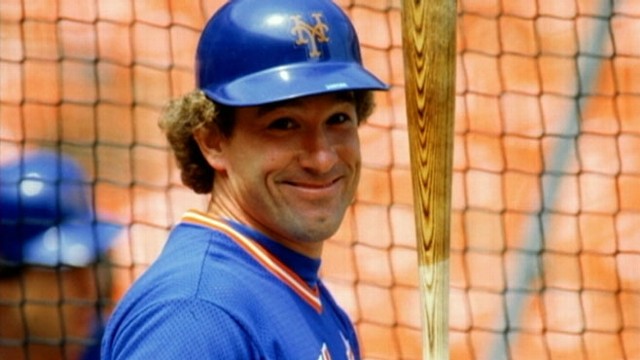Nearly three years after the MBTA narrowly averted raising fares and cutting service drastically, the agency is back in the same place,
saying it will shrink unless the state can somehow rescue its budget, which is $185 million short. Of course, every public transit agency in the U.S. seems to operate at a deficit, but it's very disappointing to find ourselves in this situation again so quickly, if only because it portends frequent reprisals. Don't transportation officials, state legislators and the governor's staff grow tired of the same three-act drama, where the T claims insolvency, the public objects at full throat, and state government somehow cobbles together enough money to avoid the fare increases and service reductions?
As much as I expect this sequence to repeat itself, now even if we're only in act two at the moment, I'm still perplexed by how these departments' leaders never acknowledge the unfairness of the scenarios the T presents. The 1.3 million people who ride the T each day, including me, are in the right. We choose the more environmentally sustainable mode of transportation, as well as the one that supports anti-sprawl development patterns because we encourage businesses, retail and corporate, to concentrate around transportation, and residential developers to do the same. The health, safety, livability and business consequences of T ridership are much more promising than those of car driving. For others, including students, the working poor and the elderly, riding the T isn't a choice, but rather the cheapest way to travel when owning a car is too expensive or driving is no longer possible. Nonetheless, the T proposes to raise fares and cut transportation options, which falls more heavily on the poorest who have trouble affording the price and on bus routes that go to the more distant urban neighborhoods where the poor live. (There's a reason why many neighborhoods around subway stops are gentrified, or are at least the next targets for gentrification.)
Michael Graham, the Herald's most conservative columnist,
wrote recently that T riders are arguing for great service without having to pay for the true cost of it. This is very ironic, considering the true cost of car driving has been masked since World War II, whether it's the government subsidy of highway construction, the environmental impact of vehicle emissions that isn't priced into the cost of gasoline, or the greater tax credit one receives for commuting by car. If the negative externalities of driving were incorporated into the price, say through a gasoline tax, far fewer people would be behind the wheel and far more would be clamoring with the rest of us for more equitable transit service.
Boston, it's worth noting, is one of the few cities where one can live without having to own a car. (I own one as a convenience, but don't use it very often.) This is one reason it remains such a popular city, particularly for talented students and 20-somethings, and shrinking its transit options would be a major blow for the metro region's overall competitiveness. However, the two greatest sources of the T's problems raise uncomfortable questions about governance for its largely Democratic ridership in a largely Democratic state: First, the salaries, benefits and pensions that the T pays its union employees are far more than the agency can afford. Second, the agency is stuck with billions of debt from the Big Dig, which, as marvelous a change as it had on Boston's urban design, was ultimately a highway expansion project. Why are the public transit authority and its riders paying the bills of the state highway department and its drivers? Largely because legislators found the T to be a convenient, off-the-books place to stash the debt so that the state's fiscal health wouldn't deteriorate. The least we can do is write our legislators and ask them to be more honest.
